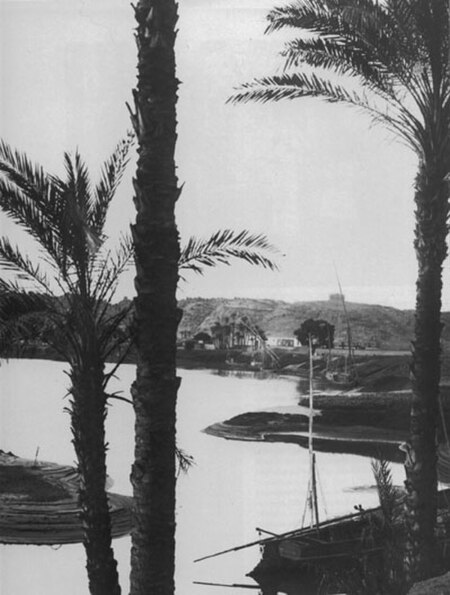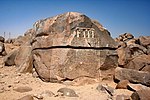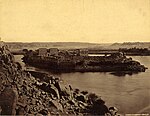Shellal

Shellal (Arabic: شلاّل) is a small ancient village on the banks of the Nile, south of Aswan in Upper Egypt. It was the traditional northern frontier of the Nubian region with both the Egyptian Empire and the Roman Empire. During the period of ancient Egypt, it was a very important quarry area for granite production. A canal was excavated in the vicinity of Shellal under Merenre Nemtyemsaf I during the Old Kingdom period in order to facilitate the navigation of the first-cataract of the Nile. This canal was restored under Senusret III in the Middle Kingdom period Nowadays it is possible to see some unfinished granite works on the site (that is soon to become an open-air museum); some of the objects on display include incomplete statues of Osiris and Ramesses II and unfinished Roman baths. Shellal was mentioned in a text dating from the 6th century AD where the king of Nobatia prides himself on having driven Blemmyes out from his country northwards from Ibrim to Shellal, on the frontier with Roman Egypt. It was also an important city during the Muslim Arab early domination; in particular there are some ancient minarets dating from the 11th century that are now submerged under the waters of Lake Nasser. These minarets are known to reflect the direct influence of the Hijaz region of Arabia, rather that the domination of the powers of Lower Egypt.
Excerpt from the Wikipedia article Shellal (License: CC BY-SA 3.0, Authors, Images).Shellal
Geographical coordinates (GPS) Address Nearby Places Show on map
Geographical coordinates (GPS)
| Latitude | Longitude |
|---|---|
| N 24.05 ° | E 32.883333333333 ° |
Address
81531
Aswan, Egypt
Open on Google Maps






